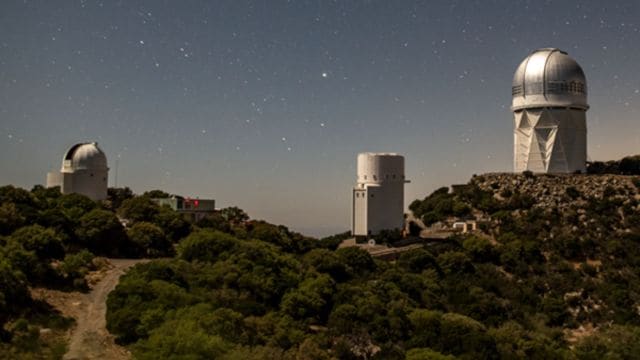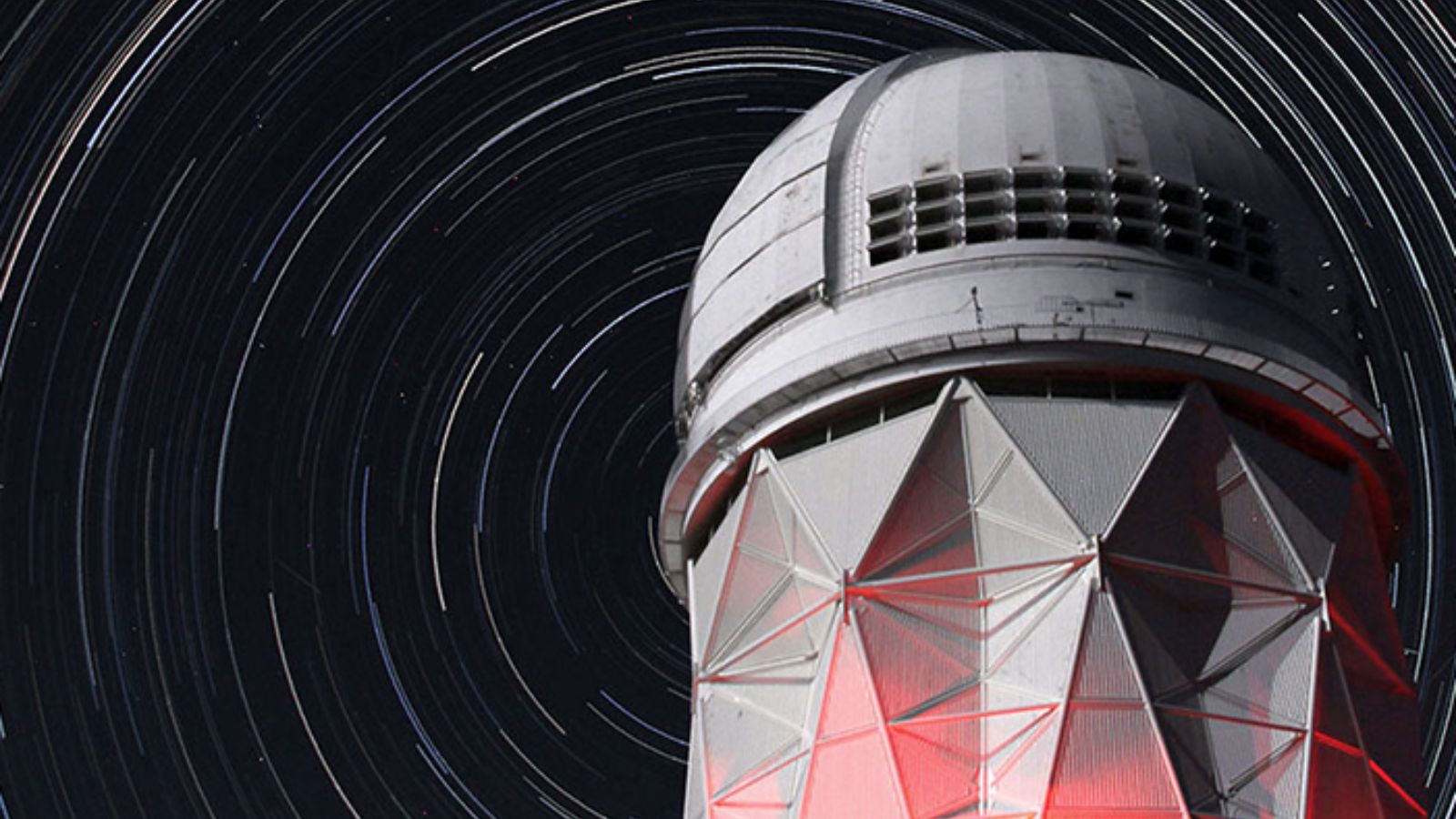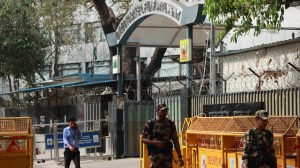- India
- International
New map of universe may open a window to dark energy
The researchers include an Indian team led by Shadab Alam at the Tata Institute of Fundamental Research in Mumbai.
 The hypothesis of dark energy comes mainly from the observed phenomenon of the universe expanding at a rapid rate. (DESI)
The hypothesis of dark energy comes mainly from the observed phenomenon of the universe expanding at a rapid rate. (DESI)An international team of researchers has just released the most comprehensive “three-dimensional” map of the universe, which, scientists hope, could reveal some clues about dark energy, the mysterious force that is believed to be causing the universe to expand uncontrollably.
The researchers, including an Indian team led by Shadab Alam at the Tata Institute of Fundamental Research in Mumbai, has published its findings from the first year of observations by the Dark Energy Spectroscopic Instrument, or DESI, a unique piece of equipment that, once fitted over a telescope, can capture light from 5,000 galaxies at the same time.
 DESI is a collaboration of more than 900 researchers in institutions across the world. (DESI)
DESI is a collaboration of more than 900 researchers in institutions across the world. (DESI)
Using DESI, which is mounted over the Mayall 4-Meter Telescope in Arizona, United States, researchers have been able to measure light from six million galaxies — some of which existed as far back as 11 billion years ago — to prepare the most detailed map of the universe as yet with very precise information about the distances between these galaxies.
“The key thing is that we have been able to measure the distances between these galaxies with a very high degree of accuracy. That is why we call it a three-dimensional map. Otherwise, we have a catalogue of tens of billions of objects in the universe. We have identified these objects, but for most of them we don’t know how far they are from us. Knowing the precise distances of the galaxies is crucial because that allows us to calculate the expansion rate of the universe,” Alam told The Indian Express.
And that, scientists hope, could offer them their first clues into the mystery of dark energy that is supposed to make up almost 70 per cent of the universe but about which nothing is known.

 The DESI collaboration has measured that the expansion rate of the universe was increasing by 68.5 km per second after every 3.26 million light years of distance, a unit astronomers define as megaparsec. (DESI)
The DESI collaboration has measured that the expansion rate of the universe was increasing by 68.5 km per second after every 3.26 million light years of distance, a unit astronomers define as megaparsec. (DESI)
The hypothesis of dark energy comes mainly from the observed phenomenon of the universe expanding at a rapid rate. The vast empty spaces between stars and galaxies have been measured to be expanding at an accelerating pace, despite the countervailing force of gravitation that has the effect of pulling things together. Scientists have been unable to find any explanation for this rapid expansion, and have been forced to hypothesise that there must be some “dark” energy causing this expansion.
Understanding the nature of dark energy is one of the fundamental problems in science right now, because it can offer key insights into the origin and evolution of the universe, as well as its eventual fate. It can reveal new fundamental forces at work, and could unravel our entire knowledge of the physical world. The problem is that, so far, scientists have not been able to figure out even the first piece of the puzzle.
But the data from DESI is causing some excitement.
 DESI is a collaboration of more than 900 researchers in institutions across the world. From India, TIFR is the only participating institution. (DESI)
DESI is a collaboration of more than 900 researchers in institutions across the world. From India, TIFR is the only participating institution. (DESI)
“There is already a slight hint of new physics in the data from DESI, which we are quite excited about. It is possible that it eventually turns out to be trivial, but there is promise. Also, right now we have been able to analyse only one year of observational data from DESI. It is scheduled to run for five years. This March 31, DESI completed three years of operations. As it is, DESI has provided us with a wealth of new, pathbreaking information,” Alam said.
One of them is the measurement of the expansion rate of universe. The DESI collaboration has measured that the expansion rate of the universe was increasing by 68.5 km per second after every 3.26 million light years of distance, a unit astronomers define as megaparsec.
“From the scientific point of view, knowing this expansion rate with high precision is extremely significant. It can give us our first clues into the behaviour of dark energy. I don’t think we would immediately get to know the exact nature of dark energy, but maybe we can start with some information about what it is not. That would be progress,” Alam said.
DESI is a collaboration of more than 900 researchers in institutions across the world. From India, TIFR is the only participating institution.
More Tech
Best of Express

Apr 05: Latest News
- 01
- 02
- 03
- 04
- 05





























